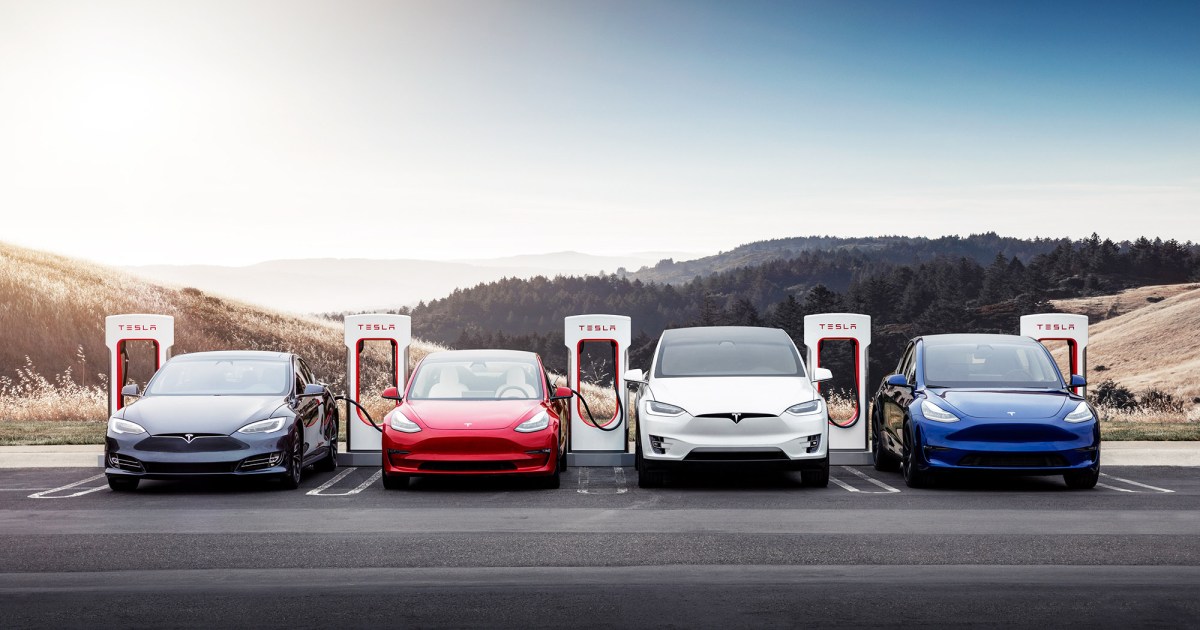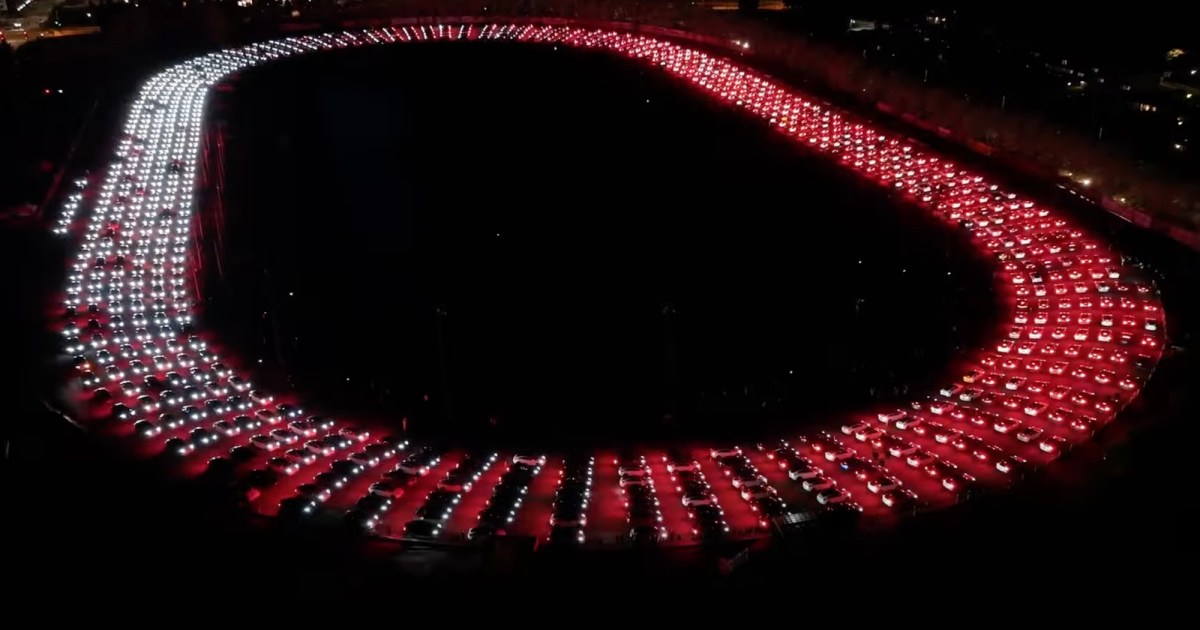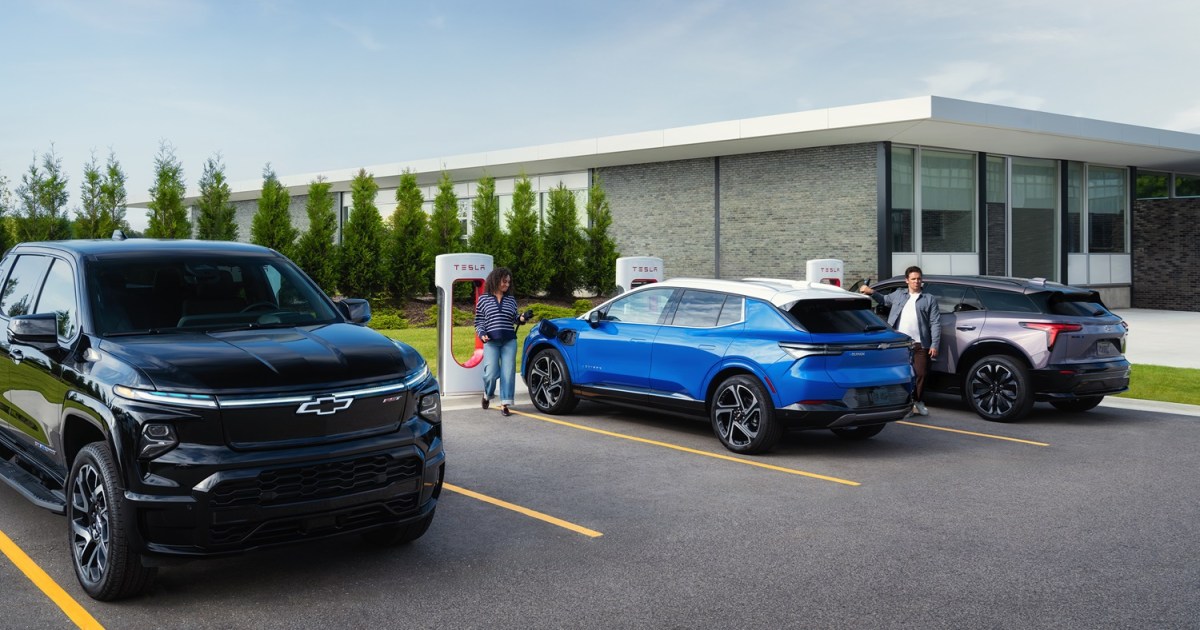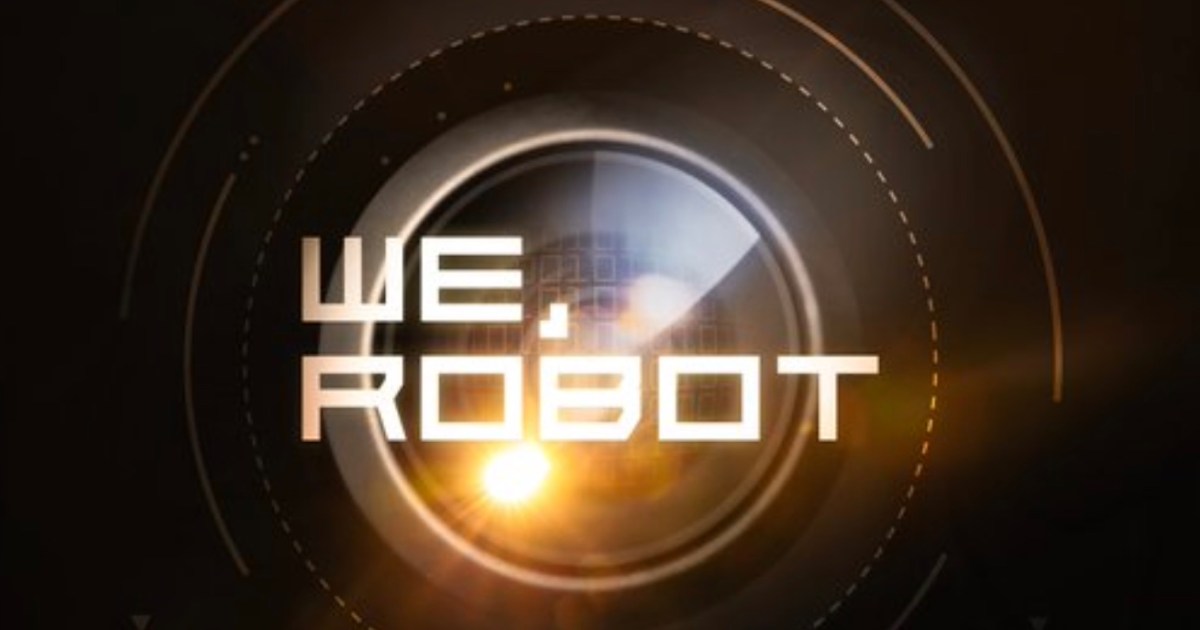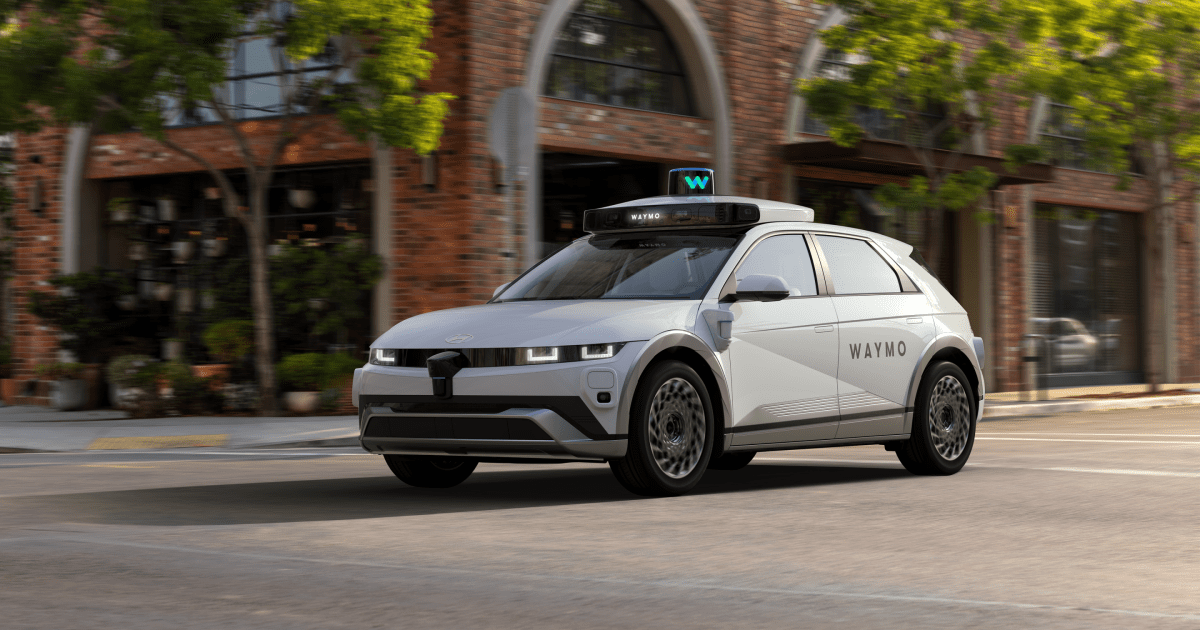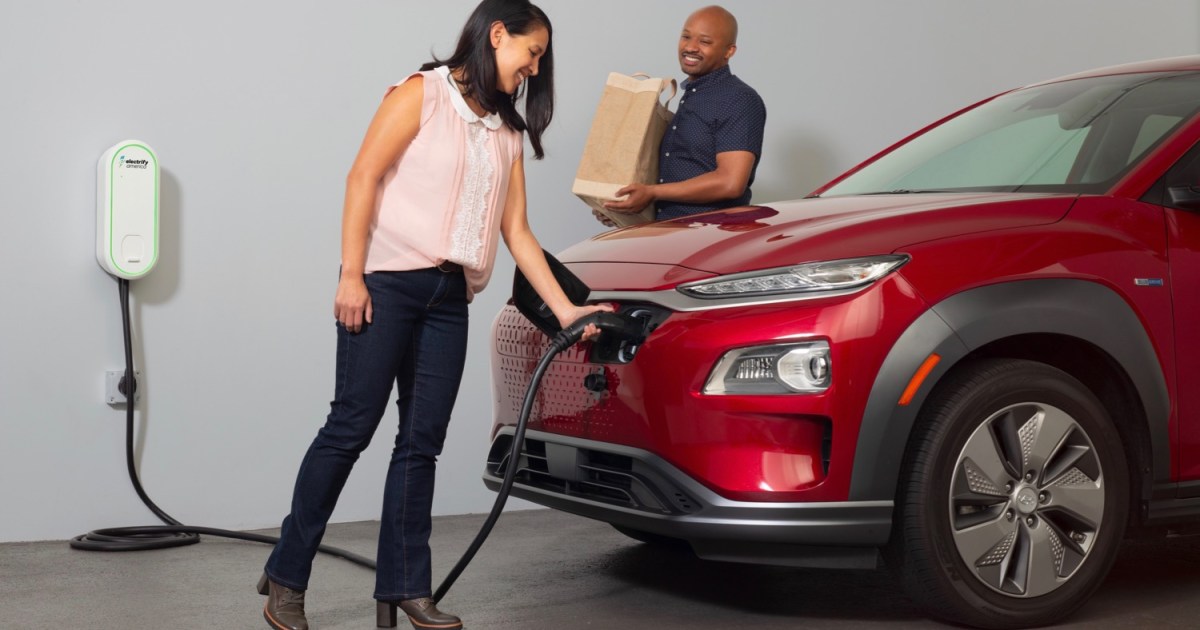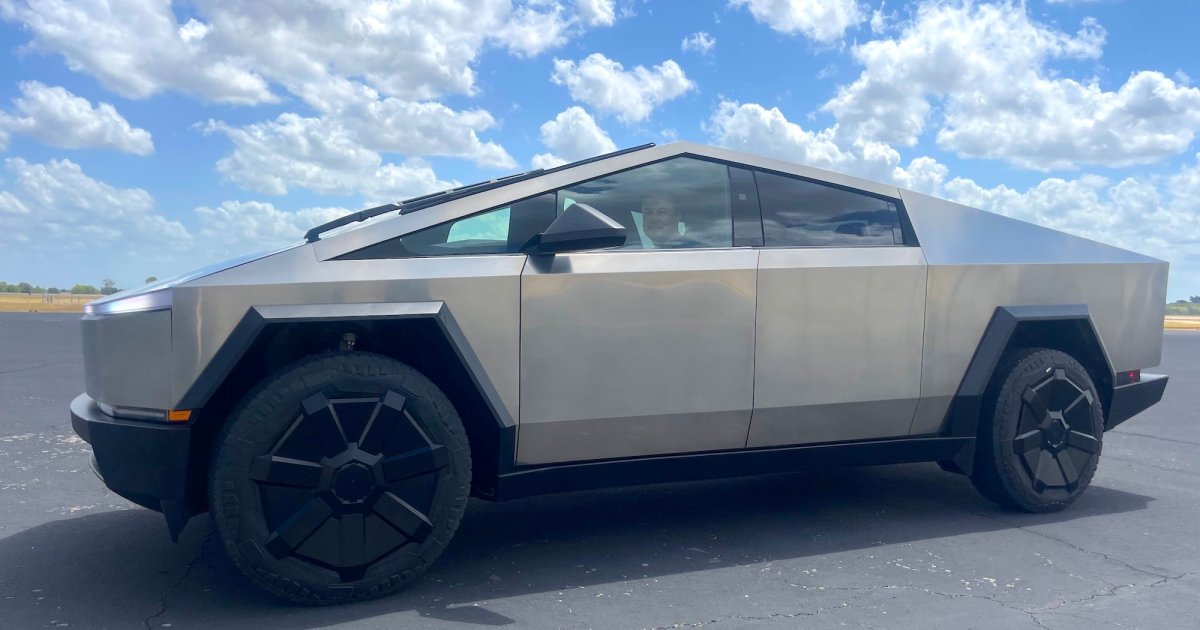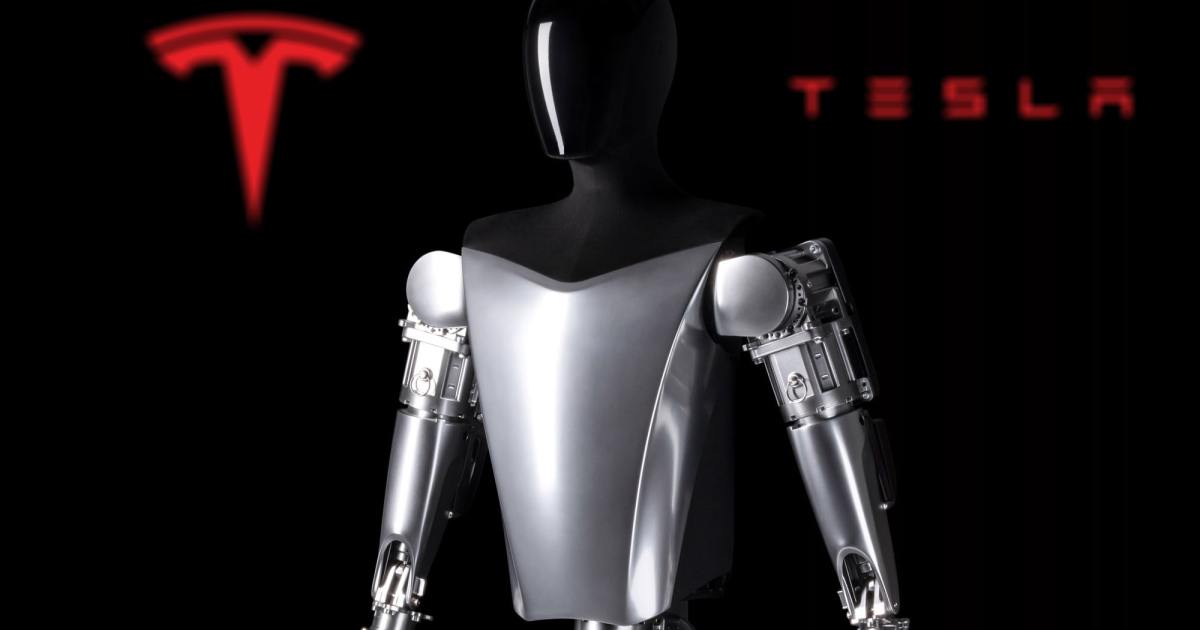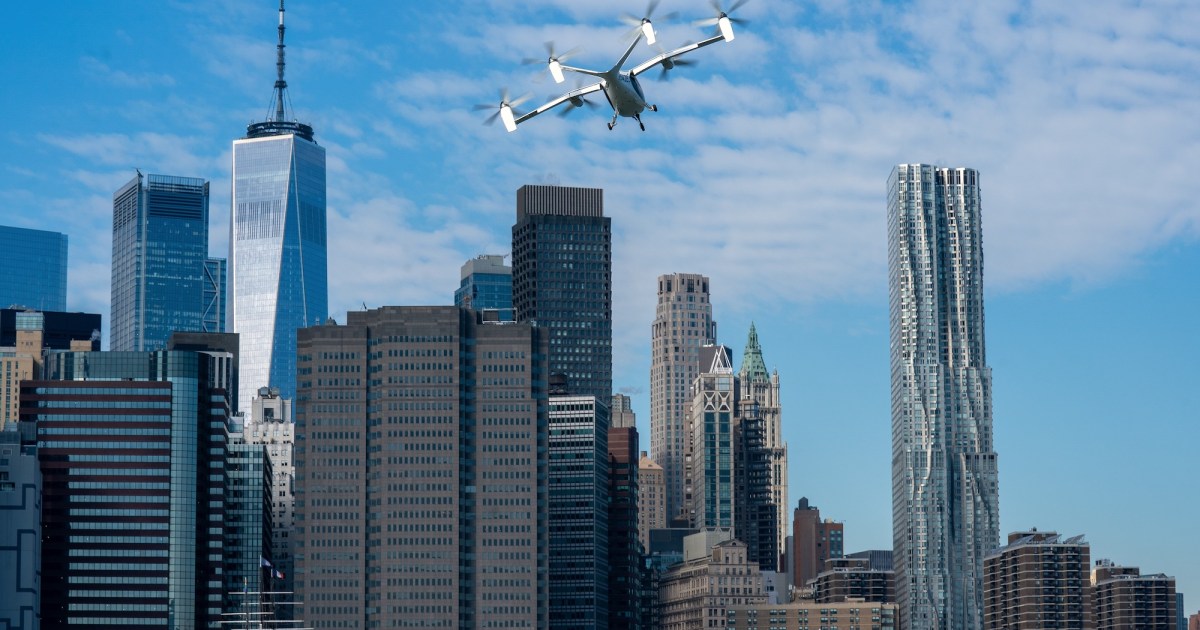Tesla’s Supercharger network saw significant growth in Q3 2024, adding 2,800 new stalls globally. This represents a 23% increase compared to the same period last year, rebounding from a slowdown in Q2 following layoffs within the Supercharger team. This expansion is welcome news for EV owners, particularly with the increasing number of non-Tesla vehicles gaining access to the network.
Supercharger Growth and Energy Delivery
Tesla delivered 1.4 terawatt hours (TWh) of energy through its Supercharger network during Q3 2024. This is a substantial 27% year-over-year increase, enabling Tesla drivers to save an estimated 150 million gallons of gasoline and offset over 3 billion pounds of CO2 emissions. According to Supercharge.info, North America alone boasted 2,677 Supercharger stations by the end of September, a notable increase of 125 stations compared to the end of Q2.
Recovering from Layoffs and Expanding Access
The Q3 expansion follows a 31% decline in new Supercharger stalls during Q2 2024, attributed to layoffs impacting the Supercharger team. This renewed growth is crucial for accommodating the rising demand, as more EV manufacturers adopt Tesla’s North American Charging Standard (NACS).
Growing List of NACS Adopters
General Motors, including Chevrolet, GMC, and Cadillac, joined the NACS network in September 2024. This follows Ford, Rivian, Honda, and Volvo, who already utilize the network through adapters. Agreements are also in place with Nissan, Hyundai, Toyota, BMW, Volkswagen, Volvo, and Jaguar to grant access starting in 2025.
Supercharger Network Coverage and Charging Speed
The Tesla Supercharger network is strategically located in major cities and along major East-West transit corridors across the United States. Tesla claims a Supercharger can provide up to 200 miles of range in just 15 minutes, a significant advantage for long-distance travel.
Conclusion
The resurgence of Tesla’s Supercharger network expansion in Q3 2024 is a positive sign for the EV industry. The increased number of stalls and expanding compatibility with other EV brands address growing range anxiety concerns and pave the way for wider EV adoption. With continued growth and strategic partnerships, Tesla is solidifying its position as a leader in EV charging infrastructure.



